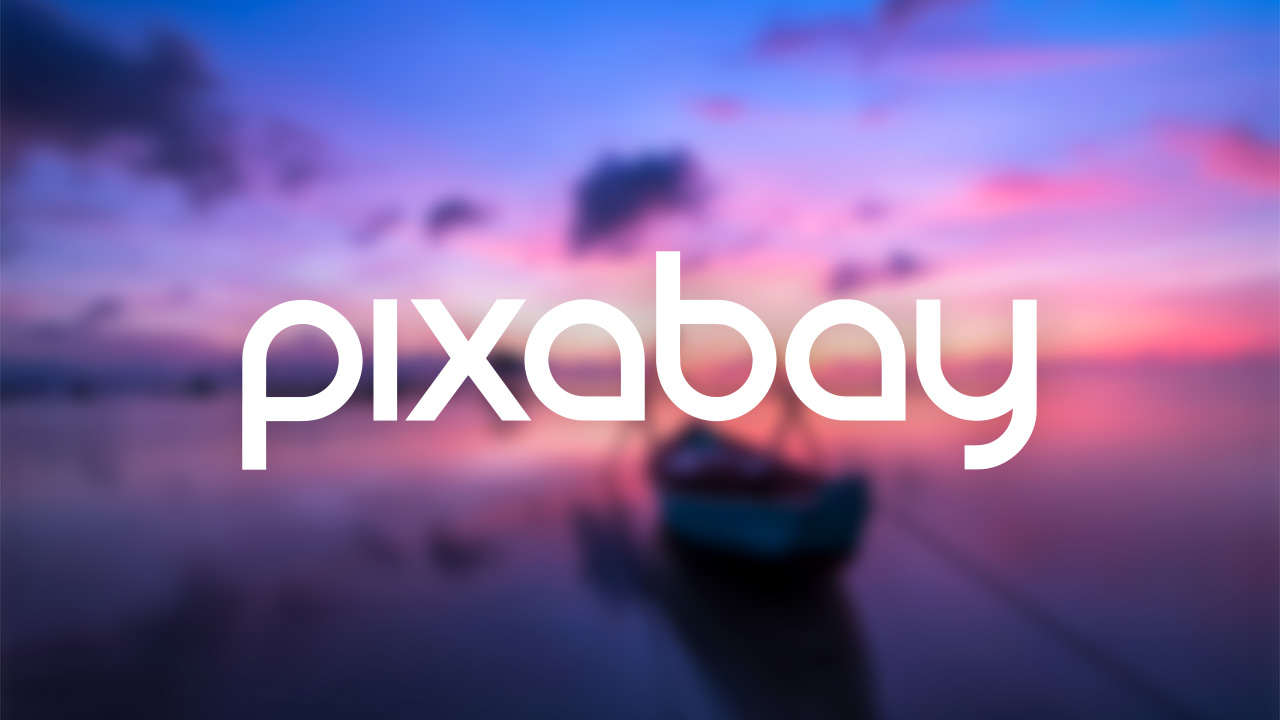Firefox has recently made a bold change to their brand. But the change is more than just a redesign of their browser logo. It is a brand expansion incorporating additional services with an emphasis on privacy.
Why have Firefox changed their brand
Based on the information Mozilla have released, there are two prominent reasons which have come up in recent years, as to why Firefox have changed their brand. The first is that they have expanded their services and the second is they have taken an extreme focus on internet privacy.
New Services
The Firefox brand is no longer just about one app (the browser). In more recent times they have expanded the brand to encompass a wider range of services, including Lockwise, Monitor, Send and Pocket, which are actually separate to the Firefox browser.
Internet Privacy
When internet privacy became the big thing, with browser cookie awareness, GDPR (General Data Protection Regulation) and other events, Firefox came out ahead with privacy as their number one priority. As it stands they have included a number of privacy features in the Firefox browser.
With such big changes which expand Firefox to more than just a browser, it is obvious they wanted the brand to reflect the present changes and any future expansions.
Taking a look at the brand
From a glance, they’ve dumped the blue for purple, toned down the fox and simplified the design. But when you look at the big picture, the changes are clearly much more than that.
The new brand is designed for more than just the browser. For starters they have created a new logo separate to the browser, which represents Firefox as a name alone and all the products under it (including the browser). They have clearly changed the hierarchy between the various services, making the browser appear equal to the additional services.
Another noticeable change is the new color scheme. They have expanded the Firefox brand color palette, which they say: “expands the range of possibilities and makes distinctive gradients possible”.
Perhaps the most noticeable among the change in colors, is the presence of blue. Although they have not dumped the color blue, it has been significantly toned down, and primarily switched out for purple. The color purple has represented the Firefox browsers privacy side with its private browser feature for a while, prior to the new brand. As Firefox has been very vocal and active with internet privacy, I suspect they have most likely increased the presence of purple to reflect this.
The fox also appears to have been toned down, not only in the browser logo but also in the whole brand. I am not sure why, but personally I suspect this is because of the process they undertook to create the new brand. If you watch the video embedded below you might see what I mean.
Conclusion
From what they have said, I understand why they have expanded and reorganised the brand, but I do not think it was necessary to change the color palette, and to that point create what feels like stricter brand guidelines.
I really liked the previous Firefox logo. When I looked at it, it appeared to resemble a fox surrounding the globe providing internet to the world. For an internet company, this made sense. It utilised colors which to me, were clear, vibrant, inviting, worked for the concept and just looked good.
But with the new brand, it just doesn’t make sense. It looks like a fox curled around a pearl or orb, rather than the globe. It is not as inviting, the colors seem to merge and become a bit mucky, and it feels more closed off and less friendly. You could also say it is more abstract, but is that really the right approach?
Firefox is meant to be a brand that stands for internet freedom, and during their design process there was a design team with a focus on “Free”. But personally, I can’t help but feel that the new brand feels like it has become much more controlled and strict, and doesn’t feel as freeing. If anything it has more of a big corporation vibe.
Overall they probably just felt that the previous brand was based around the browser, and that it needed a new look for current and future plans.
I am pleased they have kept the gradients in play instead of converting to pure flat design only, (which they do use). Sometimes pure flat design is just too flat (if that makes sense). Google have definitely leant into this design style themselves. It may be good for web interfaces, but when it comes to using it for more than that, I think it can be a bit overused.
From a marketing perspective with competing against other browsers, making Firefox very privacy focused was a good move with today’s privacy focused climate. Google Chrome is the world’s most used browser, but Google as a company are not exactly known for being the most pro privacy company.
Firefox is not the only company to focus on privacy. Opera have also stepped forward by incorporating a free VPN into their browser and built-in ad blocker, which also blocks websites from mining cryptocurrency using your machine. Interestingly, Opera uses Chromium which Google Chrome is built with, instead of its own software like Firefox which uses Gecko. (Only mentioned this, because I think it is good to have alternatives if they are kept up properly).






